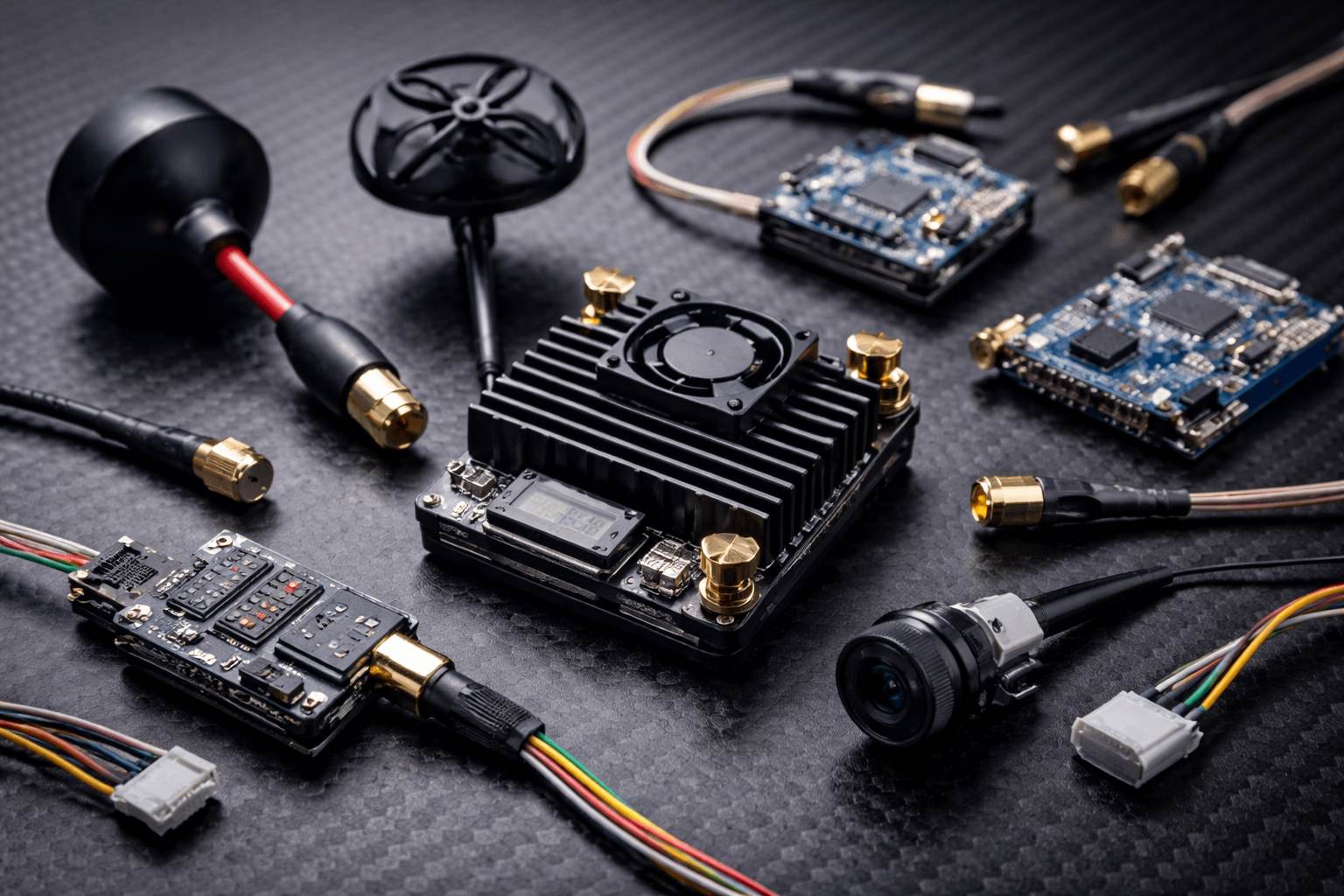In today's fast-paced world, owning a car has become a necessity for many individuals. However, encountering car problems can be frustrating, especially when you have to rely on expensive professional services. But fear not! With the right knowledge and tools, you can become a proficient car diagnostician and troubleshoot common issues from the comfort of your own home. In this comprehensive guide, we will explore the step-by-step process of diagnosing car problems, empowering you to save time, money, and gain a deeper understanding of your vehicle.
- Understanding the Basics:
To effectively diagnose car issues, it is crucial to have a solid foundation of automotive knowledge. We will delve into the fundamental components of a car, including the engine, transmission, electrical system, and more. By familiarizing yourself with these key elements, you will be better equipped to identify potential problems and their corresponding symptoms. - Gathering the Right Tools:
Equipping yourself with the necessary tools is essential for accurate car diagnostics. We will provide an extensive list of tools, ranging from basic essentials to advanced diagnostic equipment. Additionally, we will guide you on how to use these tools effectively, ensuring precise measurements and readings. - Utilizing On-Board Diagnostics (OBD) Systems:
Modern cars are equipped with On-Board Diagnostics (OBD) systems, which can be a valuable resource for diagnosing issues. We will explain how to access and interpret OBD codes using a diagnostic scanner. Furthermore, we will discuss common OBD codes and their corresponding problems, enabling you to pinpoint the root cause of malfunctions. - Performing Visual Inspections:
Visual inspections are an integral part of diagnosing car issues. We will guide you through a comprehensive checklist, highlighting potential problem areas such as fluid leaks, worn-out belts, corroded wires, and more. By paying attention to these visual cues, you can identify underlying issues before they escalate. - Troubleshooting Common Problems:
In this section, we will explore a range of common car problems and their diagnostic procedures. From engine misfires and electrical failures to transmission issues and braking system malfunctions, we will provide step-by-step instructions on how to diagnose and resolve these problems. Each troubleshooting process will be accompanied by detailed explanations and tips to ensure accuracy. - Seeking Professional Assistance:
While diagnosing car issues at home can be rewarding, there may be instances where professional assistance is necessary. We will discuss scenarios where it is advisable to consult a mechanic or specialized technician. Additionally, we will provide guidance on how to effectively communicate with professionals, ensuring a smooth and efficient repair process.
Conclusion:
By mastering the art of diagnosing car issues at home, you can save time, money, and gain a sense of empowerment. Armed with a solid understanding of automotive fundamentals, the right tools, and a systematic approach, you can confidently troubleshoot common car problems. Remember, practice makes perfect, so don't be discouraged if you encounter challenges along the way. With determination and knowledge, you can become a proficient car diagnostician, ensuring the longevity and optimal performance of your vehicle.



More Stories
UAV Video Transmitter Buying Guide: Key Specs You Must Know
Coriolis Mass Flow Meter vs Electromagnetic Flow Meter: Which Is Better?
CNC Precision Machining for High-Strength Alloy Materials: A Comprehensive Guide